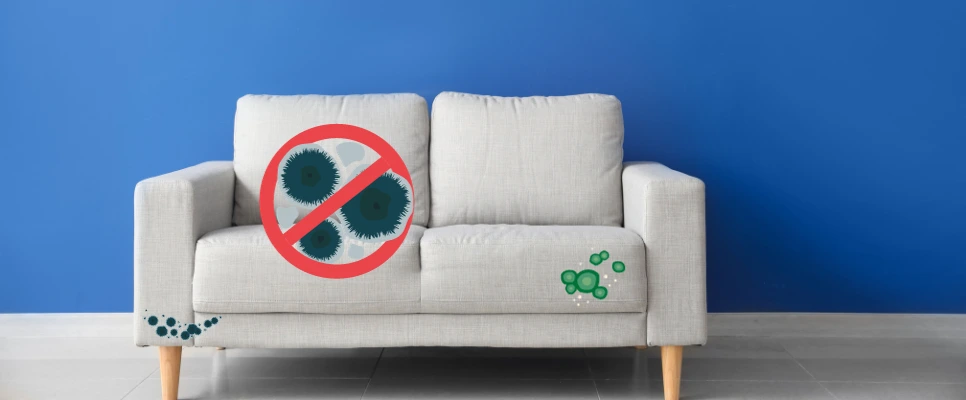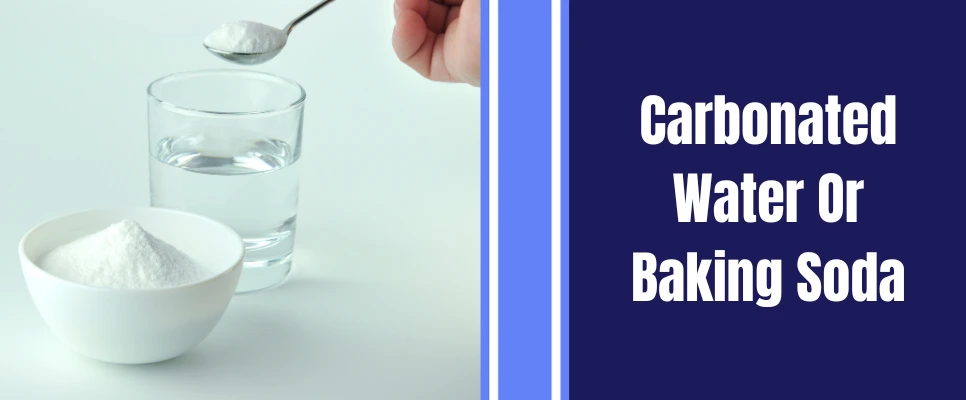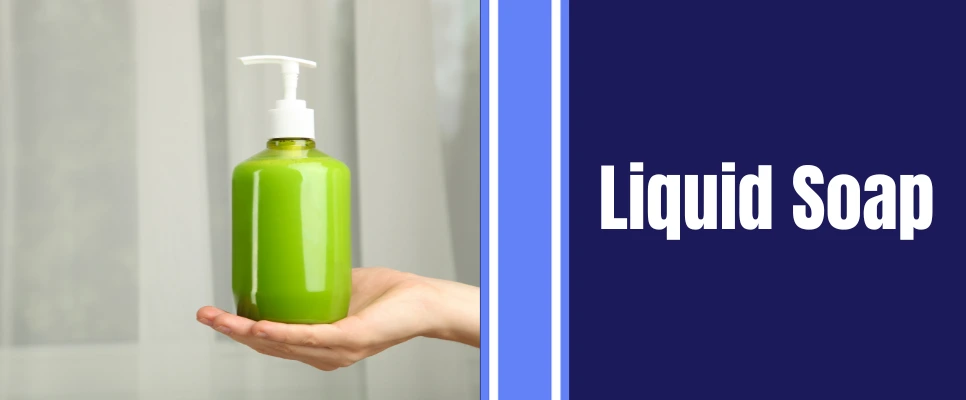Mould can be a pervasive problem in homes, and when it infiltrates your furniture upholstery, it poses not only an aesthetic concern but also a health risk. In this comprehensive guide, we’ll explore the most effective techniques for upholstery cleaning and removing mould and mildew from your furniture upholstery. Following our expert tips, you can safeguard your furniture and create a healthier living environment.

What Exactly Is Mould?
Mould, a type of microscopic fungal organism, thrives in humid environments. Your fabric furniture provides an ideal breeding ground for mould, especially if it’s made of organic materials. Moulds are omnipresent, both indoors and outdoors, and can grow in various conditions.
High humidity and warmth encourage mould to take root, and when conditions become unfavourable, moulds can disperse as spores and later regrow in suitable environments. Sometimes, mould can hide in plain sight, making it challenging to detect. It can lurk under wallpapers, and carpets, or manifest as invisible stains on walls and fabrics.
How Does Mould Damage Furniture Upholstery?
Mould, a type of fungus, thrives in moist and humid conditions. When it settles on your furniture upholstery, it can lead to several issues, including:
Stains: Mould can cause unsightly stains on your upholstery, ruining the aesthetics of your furniture.
Structural Damage: Prolonged exposure to mould can weaken the fabric, leading to structural damage.
Odours: Mould gives off a musty odour, making your furniture and living space less appealing.
Health Risks: Mould spores can become airborne and pose health risks, especially if you have allergies or respiratory conditions. The presence of mould in your home can trigger symptoms like coughing, sneezing, and skin rashes.
What Are The Health Risks Associated With Mould in Homes?
Understanding the health risks associated with mould is crucial, as it can affect your well-being and that of your family. Mould exposure can lead to:
Allergies: Mould spores can trigger allergies, causing symptoms such as sneezing, itchy eyes, and skin irritation.
Respiratory Issues: Mould can exacerbate respiratory conditions like asthma and bronchitis, leading to coughing and difficulty breathing.
Mould Allergies: Some individuals may develop mould allergies, which can have more severe symptoms.
Infections: In rare cases, mould exposure can lead to skin or lung infections.
Toxic Mould: Certain types of mould, like black mould (Stachybotrys chartarum), can produce mycotoxins that are harmful when inhaled.
To prevent these health risks and maintain your furniture’s integrity, it’s essential to address mould issues promptly.
Common Methods To Remove Mould From Upholstery
To effectively remove mould from upholstery, you need to identify the cause of the mould’s presence, whether it’s humidity, heat, lack of air circulation, or darkness. Once you’ve determined the root cause, consider these methods:
1. Using Vinegar

Vinegar, especially apple cider vinegar, is an effective mould remover. Its acidity can break down mould, but be cautious with the cleaning tools, as overly abrasive materials can damage the fabric. After scrubbing the mould with vinegar, use a soft cloth dipped in vinegar for a final pass to prevent future mould growth.
2. Carbonated Water or Baking Soda

If you don’t have vinegar, carbonated water and baking soda can also do the trick. Pour carbonated water on the affected area to allow the mould to rise, then use a cloth to remove it. Baking soda is also effective in removing and preventing mould growth.
3. Liquid Soap

A mixture of water and liquid soap can remove mould, but it’s gentler, making it suitable for fabrics with minor mould issues.
4. Clove Oil and Salt

For a natural approach, mix three drops of clove oil, a tablespoon of vinegar, and half a litre of water. Clean the mould with this mixture and sprinkle salt on it. Let it dry overnight, then vacuum the area the next day. Repeat if necessary until the mould is completely gone.
By following these steps, you can effectively remove mould from your furniture fabric, prolonging the life of your upholstery and ensuring a safe and healthy living environment.
Why Is It Essential To Understand The Harms Of Mould Before Removal?
Understanding the potential harms of mould, both to your furniture upholstery and your health, is crucial for several reasons:
Effective Removal: Awareness of the risks encourages you to take mould removal seriously and follow the proper procedures.
Prevention: Knowing the health risks of mould motivates you to take preventative measures, such as controlling humidity and ensuring good ventilation in your home.
Early Detection: Recognizing the early signs of mould damage allows you to address the issue before it becomes severe.
Health Protection: Prioritizing your health and the health of your family by promptly addressing mould issues is essential for a safe living environment.
Conclusion
In conclusion, mould removal from furniture upholstery is a task that should be taken with seriousness. The consequences of neglecting this issue can be both aesthetic and health-related. By following our expert tips and techniques, you can effectively remove mould, protect your furniture, and create a mould-free, healthy, and odour-free living space.
For further information and resources on mould removal and prevention, refer to reputable sources like the CDC, EPA, and WebMD.
Remember, a mould-free home and furniture upholstery are not just about aesthetics but also about your well-being. Take action today to ensure a healthier living space for you and your loved ones.
